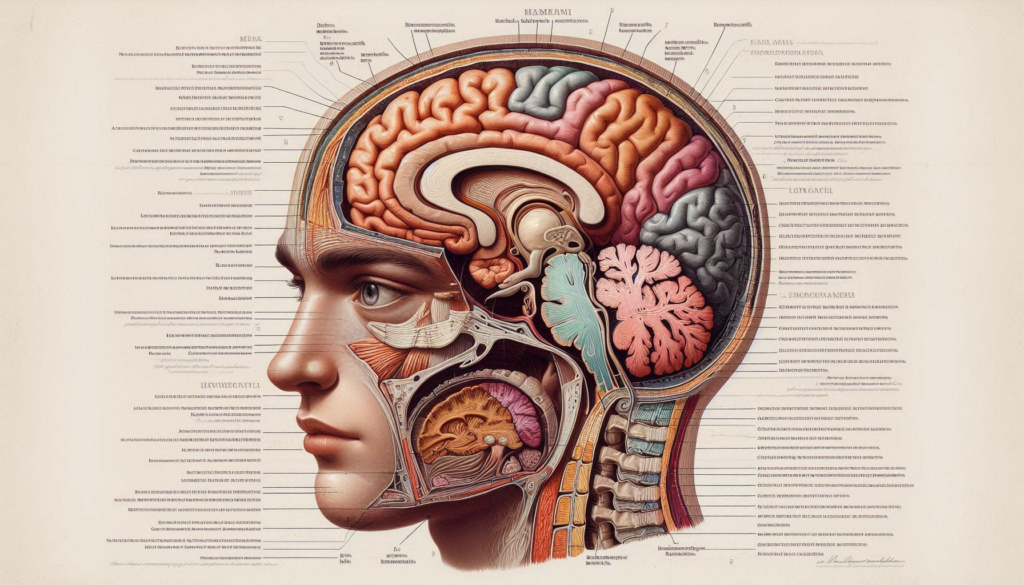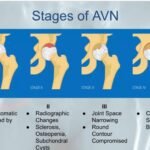scientists are on a mission to crack the code of this incredible organ. And they’ve got something pretty cool to share – brain maps These are like super-detailed maps of our brains that could help us understand brain diseases better.
Okay, check this out – scientists in India are doing some serious brain digging as part of a big project called BRAIN. Our government is putting in a whopping $3 billion to help them create tools and tech to figure out how our brains work. They’ve published a bunch of papers (21 to be exact) in different journals, and guess what? They’re starting to crack open the mystery box of our brains. It’s like they’re making a list of all the different parts of this super complicated organ that scientists have ever looked at. Cool, right?
Let’s Break it Down brain maps
In a big effort to understand our brains, scientists have come up with detailed maps – published in 21 papers. These maps are like an inside scoop into what our brains are made of. Ever thought if your brain works differently from others? These studies dive deep into how our brains operate on a super tiny level.
Experts say these studies will help us understand the brain and mind even more and might solve mysteries around diseases like Alzheimer’s, schizophrenia, and depression. Joseph Ecker, a biologist from the Salk Institute, led one of these studies and said, “We’re trying to understand the human brain in much more detail, starting with its building blocks – the cells.”
Brain Initiative – The Brain Mission
This brain map journey is part of the US-led BRAIN Initiative. It’s like a big project with loads of money from around the world, all aimed at creating super-detailed brain maps. Think of it like making a super cool map of the brain, just like we did for the human genome in 2003 or NASA’s James Webb Space Telescope exploring the universe.
What’s New?
You might wonder, don’t we already have a map of the brain? Well, we do, but it’s like having a map of the city without knowing what’s happening in each neighborhood. Older brain maps lacked info about how the cells work, and this new info lacked details about where it all happens.
Now, these brain maps are connecting the dots between the brain’s structure and how its cells work. It’s like a first dive into deeply understanding the human brain at the tiny cell level. Each study helps create different maps, like from genes to cells, to larger brain regions. These maps put together all our brain knowledge and are crucial for figuring out how our brains work.
Goal: Tackling Brain Diseases
While this brain map adventure is all about discovery, scientists hope it will eventually help understand and treat brain diseases. The ultimate aim? Treat diseases like Alzheimer’s, depression, and schizophrenia.
Patrick Hof, a neuroscientist in New York, led one of the studies and said, “To treat diseases, we first need to know what’s happening in a normal brain. That’s our aim here.” The key is to create maps of the brain from when we’re babies to when we’re old. Only then can we fully understand what went wrong in the brain.
Teamwork Makes the Dream Work
These studies aren’t just helping us understand our brains; they’re also bringing scientists together. The BRAIN Initiative is a big project that has scientists from all over working together like never before. It’s like breaking down the barriers between different brain experts.
Collaboration between brain projects in the EU and Japan is also working well. They’re sharing data and tools, all aiming to treat brain diseases together.
So, these brain studies are like the first draft of our brain map. The BRAIN Initiative plans to show us the full map of the mouse brain soon, and the human brain map will follow in the coming years.
In a paper published in the journal Science, researchers used that technique to study three brains from human donors and identify more than 3,000 types of cells
Why all this brain project excitement? Well, it’s like exploring the universe – curiosity-driven but also important to understand and treat brain diseases.
Source: Based on “A pack of new studies unveils a detailed look at the brain and what it’s made of — new development towards understanding brain diseases.”
related video
Table of Contents
Toggle






